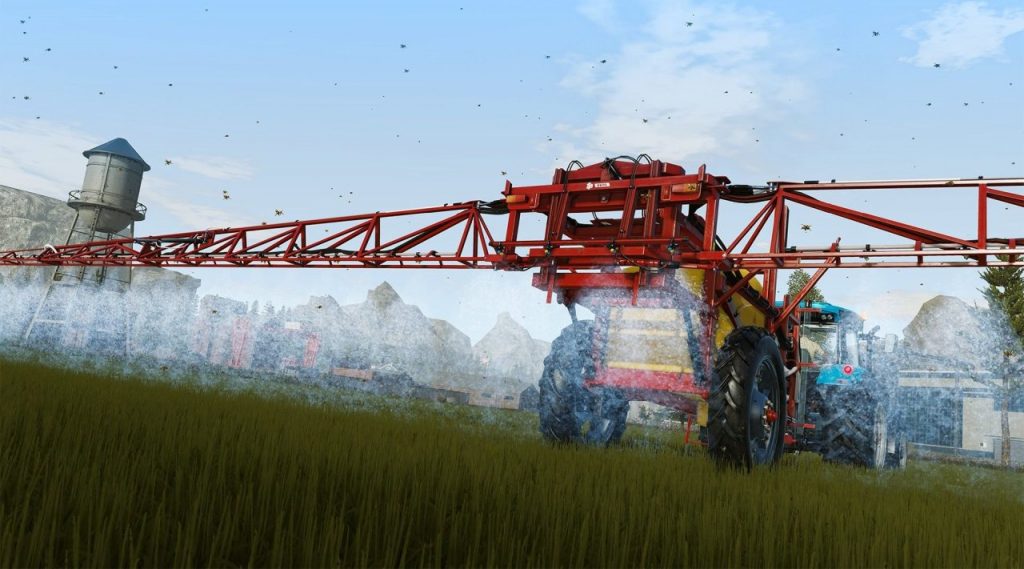
#PURE FARMING 2018 CRACK PC#
Supply-side practices can contribute to climate change mitigation by reducing crop and livestock emissions, sequestering carbon in soils and biomass, and by decreasing emissions intensity within sustainable production systems ( high confidence).Download Crack Pure Farming 2021 PC Crack + Review Of System Requirement These climate and non-climate stresses are impacting the four pillars of food security (availability, access, utilisation, and stability).

The food system is under pressure from non-climate stressors (e.g., population and income growth, demand for animal-sourced products), and from climate change. However, an estimated 821 million people are currently undernourished, 151 million children under five are stunted, 613 million women and girls aged 15 to 49 suffer from iron deficiency, and 2 billion adults are overweight or obese. Since 1961, food supply per capita has increased more than 30%, accompanied by greater use of nitrogen fertilisers (increase of about 800%) and water resources for irrigation (increase of more than 100%). The current food system (production, transport, processing, packaging, storage, retail, consumption, loss and waste) feeds the great majority of world population and supports the livelihoods of over 1 billion people. Consuming regional and seasonal food can reduce GHG emissions, if they are grown efficiently. Changes in consumer behaviour beyond dietary changes, such as reduction of food waste, can also have, at scale, effects on overall GHG emissions from food systems. From field to consumer this would reduce overall GHG emissions. This reduces the need for agricultural land compared to present and thus generates changes in the current food system. Changing diets towards a lower share of animal-sourced food, once implemented at scale, reduces the need to raise livestock and changes crop production from animal feed to human food. This is mainly true for commodities produced by ruminant livestock such as cattle, due to enteric fermentation processes that are large emitters of methane. Producing animal-sourced food (e.g., meat and dairy) emits larger amount of GHGs than growing crops, especially in intensive, industrial livestock systems. GHG emissions from food production vary across food types.

Food supply chain activities past the farm gate (e.g., transportation, storage, packaging) also emit GHGs, for instance due to energy use. Extreme events, for example, flooding, will affect the stability of food supply directly through disruption of transport and markets.Īgricultural activities emit substantial amounts of greenhouse gases (GHGs). Elevated atmospheric CO2 concentrations can increase yields at lower temperature increases, but tend to decrease protein content in many crops, reducing their nutritional values. Food utilisation may be directly affected by climate change due to increases in mycotoxins in food and feed with rising temperatures and increased frequencies of extreme events, and indirectly through effects on health.

Food access and its stability may be affected through disruption of markets, prices, infrastructure, transport, manufacture, and retail, as well as direct and indirect changes in income and food purchasing power of low-income consumers. Productivity is also negatively affected by increased pests and diseases, as well as changing distributions of pollinators under climate change. Food availability may be reduced by negative climate change impacts on productivity of crops, livestock and fish, due, for instance, to increases in temperature and changes in rainfall patterns.

Climate change negatively affects all four pillars of food security: availability, access, utilisation and stability.


 0 kommentar(er)
0 kommentar(er)
